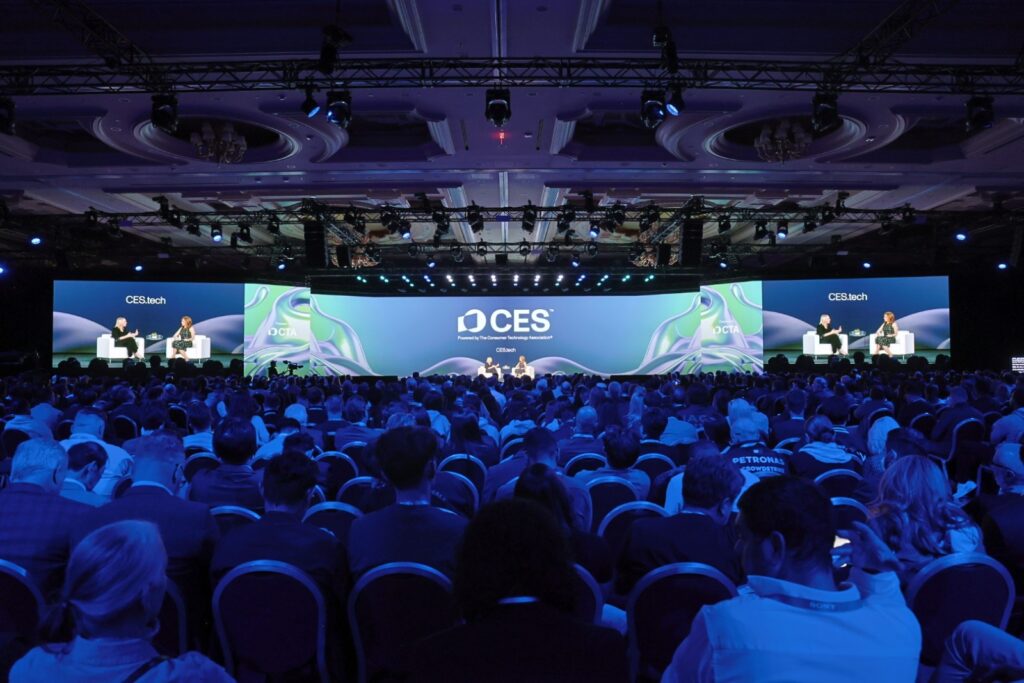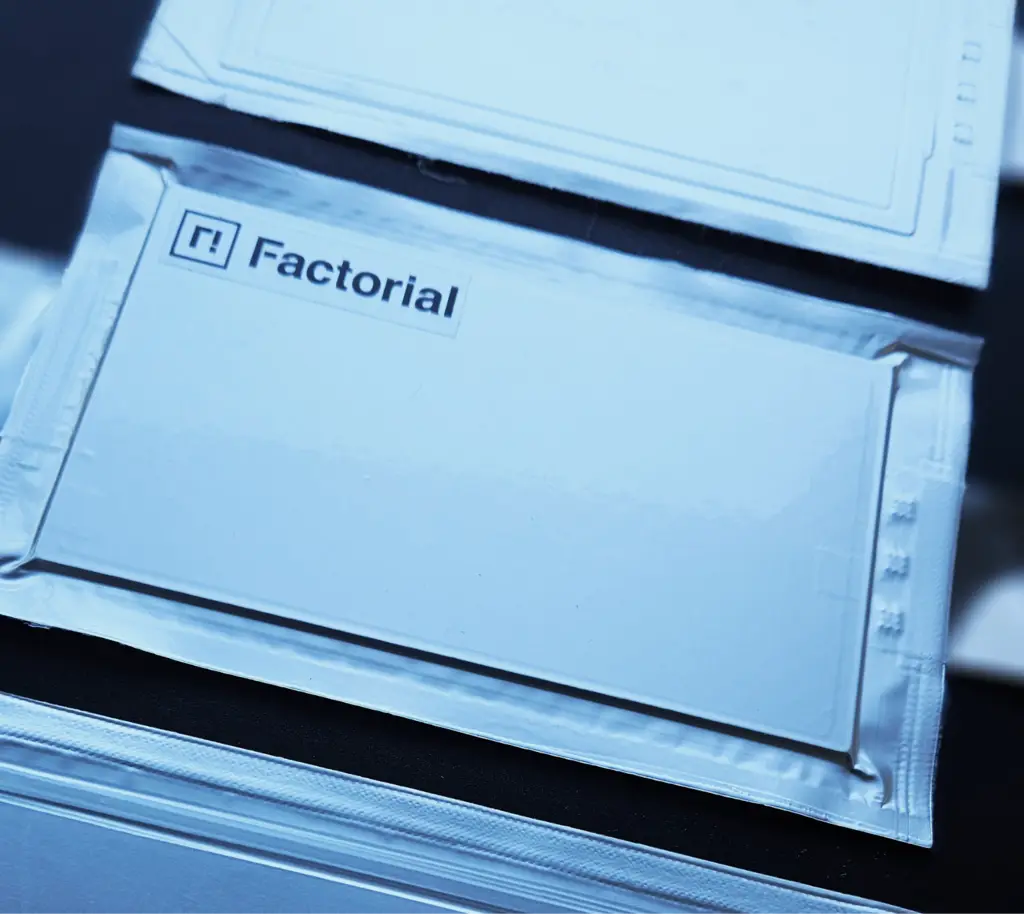The halls of CES 2025 buzzed with more than just gadgets this year – they hummed with the electric potential of tomorrow’s battery technology. As industry leaders converged to showcase their latest innovations, one message resonated clearly: the race for battery manufacturing supremacy is reshaping the global technological landscape, and the United States stands at a crucial crossroads.
Here are a few key takeaways from this year’s event:

Photo credit: Consumer Technology Association (CTA)®
- Collaboration is key to battery leadership: Developing battery manufacturing competency requires a concerted effort across industries and governments. Lithium-ion batteries (LIBs) are a cornerstone of today’s energy transition, but catching up to global leaders in this space is no trivial feat. The collapse of Northvolt, once a rising European LIB manufacturing powerhouse, underscores the immense challenges and the necessity of a robust ecosystem to sustain such endeavors.
- The promise of solid-state technology: Solid-state battery (SSB) technology is closer to commercialization than ever before. SSBs promise higher energy density, faster charging, and enhanced safety, making them a potential game-changer for electrification. This presents a unique opportunity for the U.S. to leap ahead in battery innovation.

Factorial’s solid-state battery cells are designed for enhanced safety, and much higher energy density.
- Electrification is critical for economic security: The global market dynamics of the automotive industry are rapidly shifting. Tesla has carved out a significant share in the U.S. market, while traditional giants like Ford and GM are losing ground internationally. With 2% of the U.S. GDP and 8% of Europe’s GDP tied to the automotive sector, maintaining a competitive edge is vital. Losing dominance in this sector would have far-reaching economic consequences, especially as the rest of the world progresses toward electrification.
- Beyond passenger vehicles: The future of transportation includes aviation, marine, and national security applications, all of which were highlighted with significant excitement at CES. Integrating cutting-edge battery technology into these areas is essential for achieving climate goals and securing America’s economic and strategic interests.

Success in this crucial sector requires a multi-faceted approach that combines strategic public investment in domestic manufacturing capacity, sustained funding for breakthrough research and development, the development of robust charging infrastructure, and the creation of strong partnerships between industry leaders and research institutions.
The innovations showcased at CES 2025 demonstrated what’s possible when vision meets execution. The message is clear: by fostering collaboration, aligning strategic initiatives, and making bold investments in battery technology, the United States can lead the global transition to an electrified future.
The question isn’t whether this transformation will happen – it’s who will lead it. The displays at CES 2025 showed that America has the innovative capacity to spearhead this revolution, but only if we act decisively to seize the opportunity before us.

